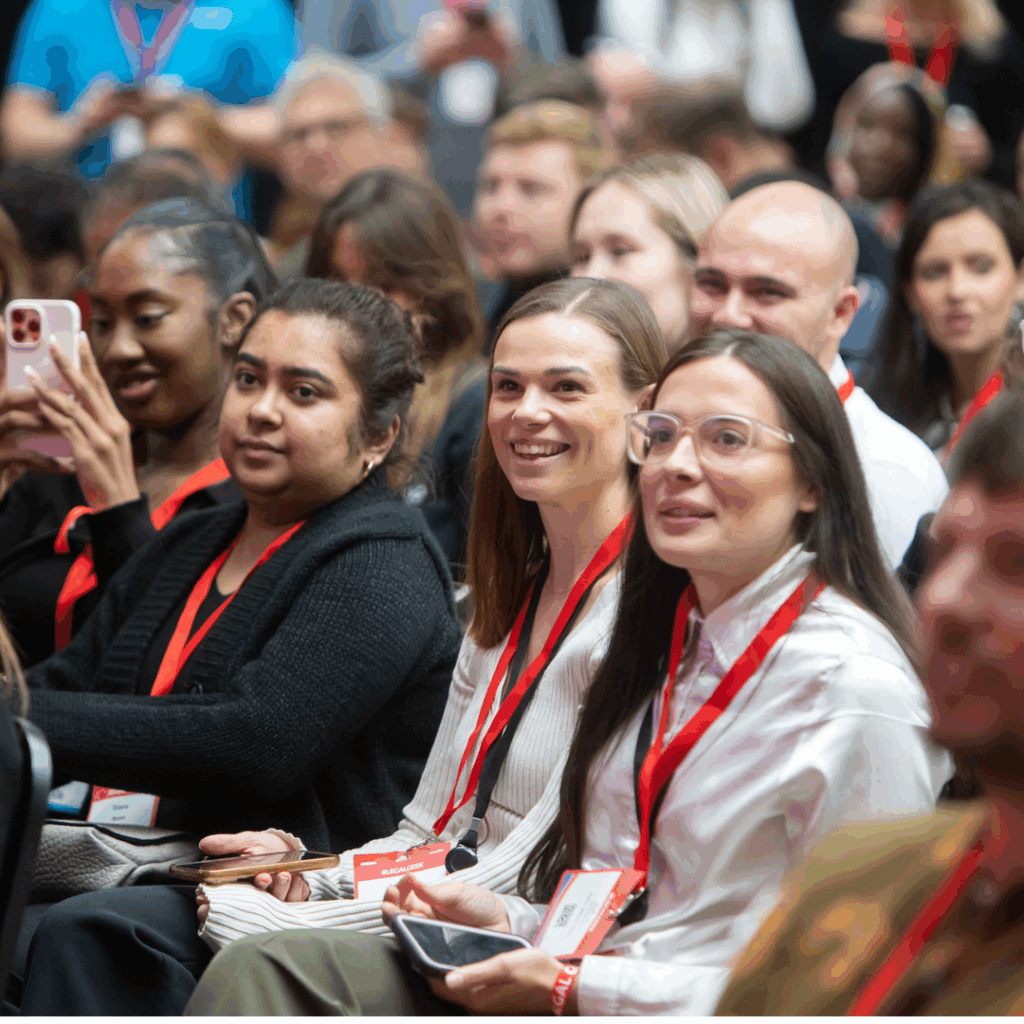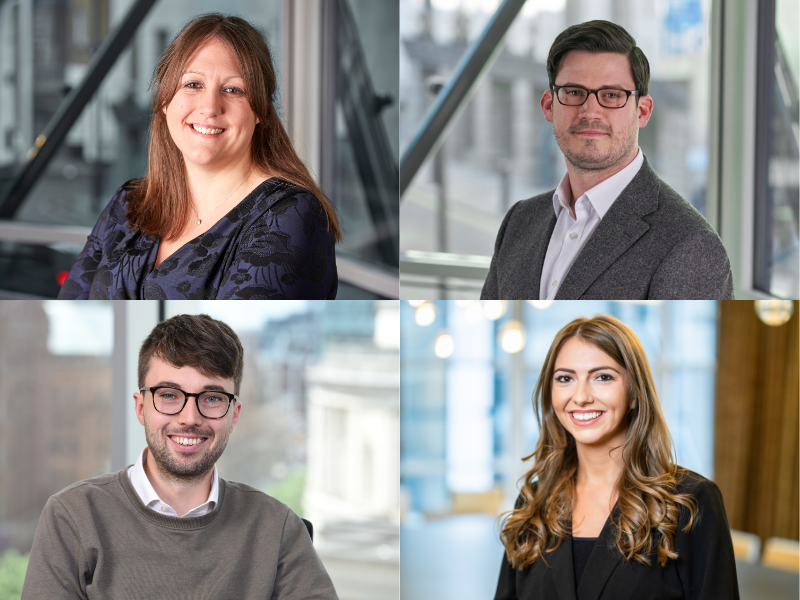
Secret agents
Late last year, billboards appeared across San Francisco with the slogan ‘Stop Hiring Humans – The Era of AI Employees is Here’ promoting AI agent start-up Artisan. The billboards, which included tags like ‘Artisans won’t complain about work-life balance’ were created deliberately to provoke, and they certainly caught the attention of Silicon Valley. Last month Artisan raised $25 million in Series A funding led by Glade Brook Capital with investors including Y Combinator. Artisan’s AI agents are digital sales development representatives –replacing humans in a relatively straightforward role with a clear, measurable goal. And although Artisan’s founder, 23-year-old British entrepreneur Jaspar Carmichael-Jack, released an April Fool’s video announcing he was standing down in favour of an AI CEO, he is still in charge, and Artisan is taking on more humans to scale up the business.
The large number of reports published in April highlighting legal’s rapid adoption of GenAI, led me to the question: how long will it be before there are billboards with the slogan ‘Stop Hiring Lawyers – The era of AI legal services is here’?
Who is GenAI replacing?
Most legal-specific GenAI tools are closer to Artisan’s digital sales reps than its fictional AI CEO. They tend to be point solutions that help lawyers work more efficiently, rather than replace them. But as GenAI is swiftly becoming the norm, firms are recognising that building a chatbot and running multiple pilots has become a playbook not a strategy and they have to innovate to differentiate. This has produced several creative partnerships between law firms and tech vendors.
While many of these are developing internal legal processes and client facing services, GenAI is also stepping into knowledge, learning and development. Kingsley Napley is working with legal tech start-up Let’s Think and using GenAI trained in behavioural science techniques to fill the gap in supervisory learning created by the combination of remote/hybrid working and advanced technology automating the straightforward tasks and processes that used to be handled by junior lawyers. Put simply, they built and trained an AI app to ask experienced litigators questions about how and why they decided on their approach to particular cases. The responses are captured, analysed and classified into the equivalent of a precedent bank of tacit knowledge, experience and critical thinking that can be accessed by juniors and others via a (voice-first) conversational interface.
Launched in May, Garfield AI is the first SRA authorised AI law firm. Garfield is the first AI application authorised to conduct litigation on a user’s behalf anywhere in the world. It automates the entire small claims process in England and Wales, from letters before action to judgment. It’s pay as you go, and according to The Financial Times, its services include creating ‘polite chaser’ letters for £2 and filing documents such as claim forms for £50, and it can also produce arguments for claimants to use at trial. However, it is not yet replacing lawyers entirely because the firm’s co-founder, Philip Young is – at least initially – reviewing all the model’s output (eventually it will move to a sampling system for quality and accuracy).
As the latest GenAI models have improved accuracy and reasoning capability, agentic AI can manage complex workflows that involve multiple tasks and decisions. But even the Big Tech bosses acknowledge the importance of checking agentic AI systems. Because they are working in the background, agentic AI systems need built in observability, supervision and guardrails. In legal this is even more important because ultimately the firm, not the software, is responsible for the outcome.
Agent bosses
According to Microsoft CEO Satya Nadella, all employees are soon going to be ‘agent bosses’ leading hybrid human-AI teams. The company’s annual Work Trend Index report includes a three-phase journey to becoming a ‘Frontier Firm’ whereby AI agents start as assistants, develop into digital colleagues and end up executing all business processes and workflows, leaving the human managers to set the direction of the business. At Microsoft’s 50th anniversary event, Nadella demonstrated vibe coding, dipping into different GenAI tools and platforms to build applications, which is pretty much what legal agentic AI platforms like Legora and Harvey do inside law firms. And mainstream legal tech vendors are adding agentic frameworks – the ability to build agentic workflows incorporating their own and third party software – to their product suites.

But as agentic AI, which operates further up the value chain than AI agents as it manages entire processes and workflows, continues to catch on across the legal sector, will AI start replacing more senior positions? For example, both Nadella and Google’s CEO Sundar Pichai have admitted that a significant proportion of Microsoft and Google code is now written by AI – not human developers.
While agentic AI is not replacing lawyers, who at least have to check its output, several law firms have announced redundancy consultations, and only last week BCLP announced that it was planning to cut 8% of its support staff. However, companies in other sectors who replaced their humans with AI are hiring humans again – perhaps as ‘agent bosses’, but also to orchestrate and supervise agentic processes.
Bringing GenAI to life – but without a cute name
Another interesting development is that although interactions with GenAI have become more intuitive and natural, partly because the smartphone interface is ideal for voice and visual communication, there is a step back from anthropomorphism. While people saying please and thank you to ChatGPT is costing OpenAI millions of dollars in extra energy use, its conversational interface has deliberately not been given a friendly moniker or an avatar. Legal is following a similar pattern, and although the move towards voice interface is more tentative, there is the option to use Microsoft Copilot Voice and LexisNexis personalised AI assistant Protégé includes voice prompts.
Another key trend in Microsoft’s latest announcements is shared terminology across different platforms. This may be because GenAI models are updated and replaced so frequently, but it is more likely because shifting from brands to categories produces the sort of reinforcement learning that leads to ubiquity. For example, deep research is now a consistent category of behaviour and actions across different platforms. If GenAI capabilities become as familiar as search and email, people and businesses will genuinely be ‘AI first’ in their interactions and legal and professional services will need to be structured differently.
Legal Geek are hosting four conferences this year, learn more on our events page.

Written by Joanna Goodman, tech journalist
Photo credit (Joanna): Sam Mardon



